I carry a bandana, or handkerchief, everywhere. Here’s why you should, too.
by Leon Pantenburg
I’ve carried a handkerchief all my life as part of my every day carry items, and never thought anything of it. My dad always carried one, and he told me to, so I did.
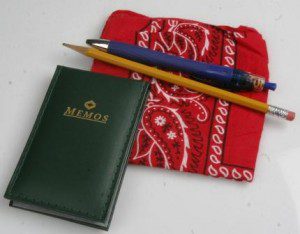
A handkerchief is part of my every day carry stuff.
Back then, every gentleman carried a handkerchief, and one was considered part of proper apparel. Handkerchiefs were largely decorative, could have embroidered monograms, and weren’t really designed for real use.
At the other extreme is the wilderness – you never know when you might need a piece of cloth. Outdoors, you need a bandana – a larger, brightly-colored piece of cloth that will be used hard.
But times have changed. Recently, I came across a Facebook post which questioned the need for a handkerchief/bandana at all. With today’s easy access to tissues, toilet paper, disposable handy wipes and other similar products, there is no need – some claim – for the old-time apparel accessory.
Wrong thinking.
Here are 10 reasons to carry a handkerchief/bandana.
To loan out: To quote Rhett Butler (to Scarlett O’Hara): “Take my handkerchief, Scarlett. Never, at any crisis of your life, have I known you to have a handkerchief.” (Check out this final scene on the video – “Gone With the Wind” is a classic. Classic movie buffs get it.)
I always carry two handkerchiefs when I go to a funeral or wedding – one for me and the other to loan out or give away. With everything else going on, many people won’t think about a handkerchief until it’s too late.
Pass a clean handkerchief down the row to someone in distress and in need of emotional support, and you’ve made their day better. It’s a nice thing to do.
In the backcountry, there are innumerable uses for a bandana. I carry several, and bandanas are part of my emergency kits.
Carry water: Use that bandana to soak up moisture or filter sediment out of a water source. Suppose you gather water in a plastic bag – how would you carry it? One choice might be to tie the four corners diagonally to form a sack and carry the water container in it.
Head covering: Those of us follicle-challenged guys can verify that getting the top of your head sunburned is really painful. It is also dangerous – too much wind and sun exposure can contribute to heat stroke. A wet bandana, worn pirate style, can offer a lot of protection to those thinning areas.
Bandana headbands to sop up sweat are another traditional use.
Wear a bandana as a neckerchief or underneath your baseball cap to shade your neck. Wear it like an old west robber to cover your nose, cheeks and the rest of your face.
Markers for trail: If you need to flag a path to something, tear up that brightly colored bandana to make streamers. Flagging tape should be included in your gear, particularly if you’re big game hunting, and may need to mark a path to a downed animal.
Charcloth can be made from a 100-percent cotton bandanna.Make charcloth: I usually wear wool or synthetic clothing outdoors, and charcloth made from them won’t catch a spark. But my 100-percent cotton bandana has enough raw material to make numerous fires. If you need to make charcloth, start tearing off strips and charring it as needed.
Emergency first aid: Take along a first aid kit, and only use a bandana as a last resort. But if necessary, a bandana can be improvised into a sling, a splint, a pressure dressing, to help clean a wound etc.
Wipe your fingers: I carry single pack wet wipes with my EDC gear. (You never know when there might be a chance encounter with a gooey chocolate doughnut, or you’ll need to clean your hands.) Generally, wet wipes work fine. But get off the pavement hiking or camping, and you don’t need a single use item.
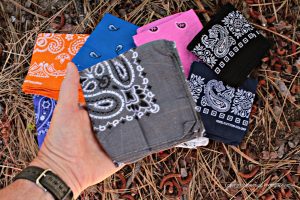
Bandanna colors can represent many things: Grey shows support for brain cancer research.
Tie a bandana on your belt when setting up camp, and you’ll have something to wipe your hands on. Tie a bandana on a kid’s belt around camp, and they might wipe their fingers on that instead of the front of their shirt. Maybe.
Show your true colors: Bandanas come in any color under the sun, and your favorite can express a sentiment. Lavender and purple, for example shows support for research of Alzheimer’s and of all types of cancer.
Grey, my favorite, shows support for brain cancer research.
And last, but not least…
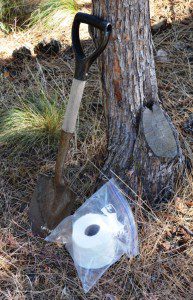
You can’t depend on TP being in the porta potty. (Leon Pantenburg photo)
Toilet paper: Taking care of number two can become your number one priority in the backcountry. Always carry toilet paper. But if you forget – or there is none at the campground outhouse – you’ll need to improvise, and be glad to have a bandana.
Oh – and a bandana/handkerchief is a great thing to have along anywhere to wipe your nose!
Please click here to check out and subscribe to the SurvivalCommonSense.com YouTube channel, and here to subscribe to our weekly email update – thanks!

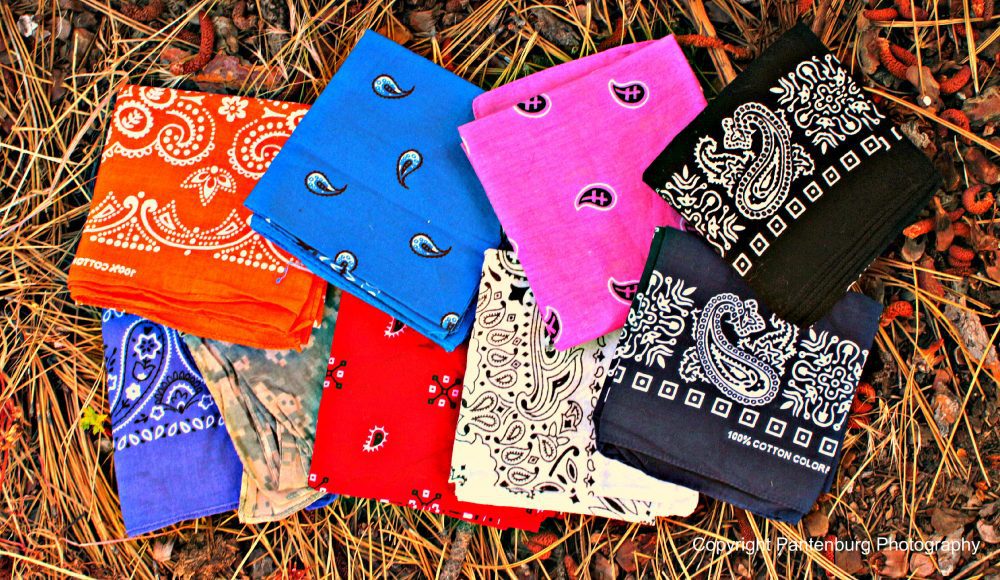
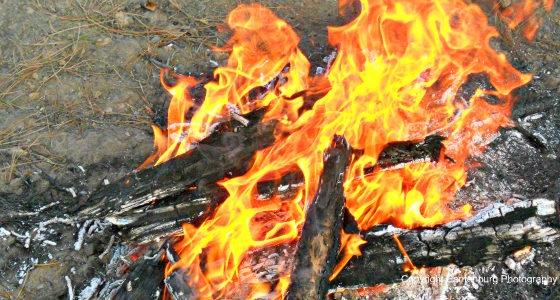
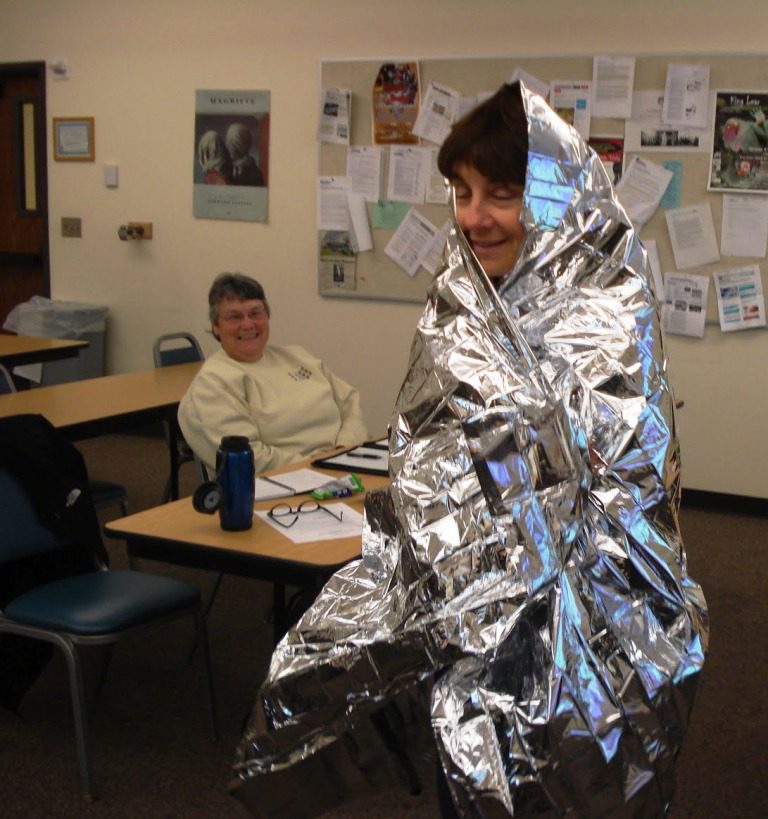
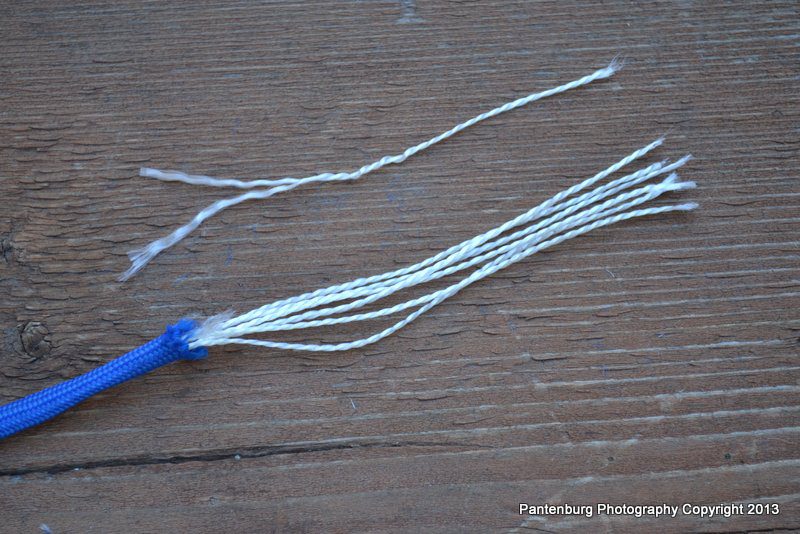
Leave a Reply